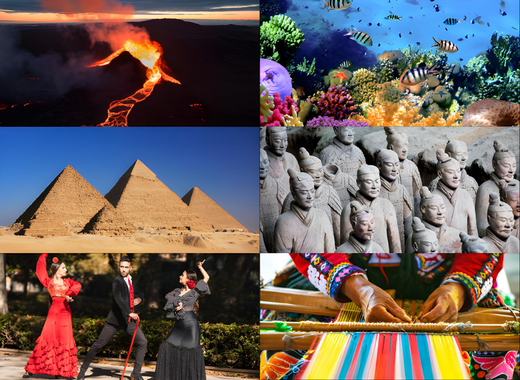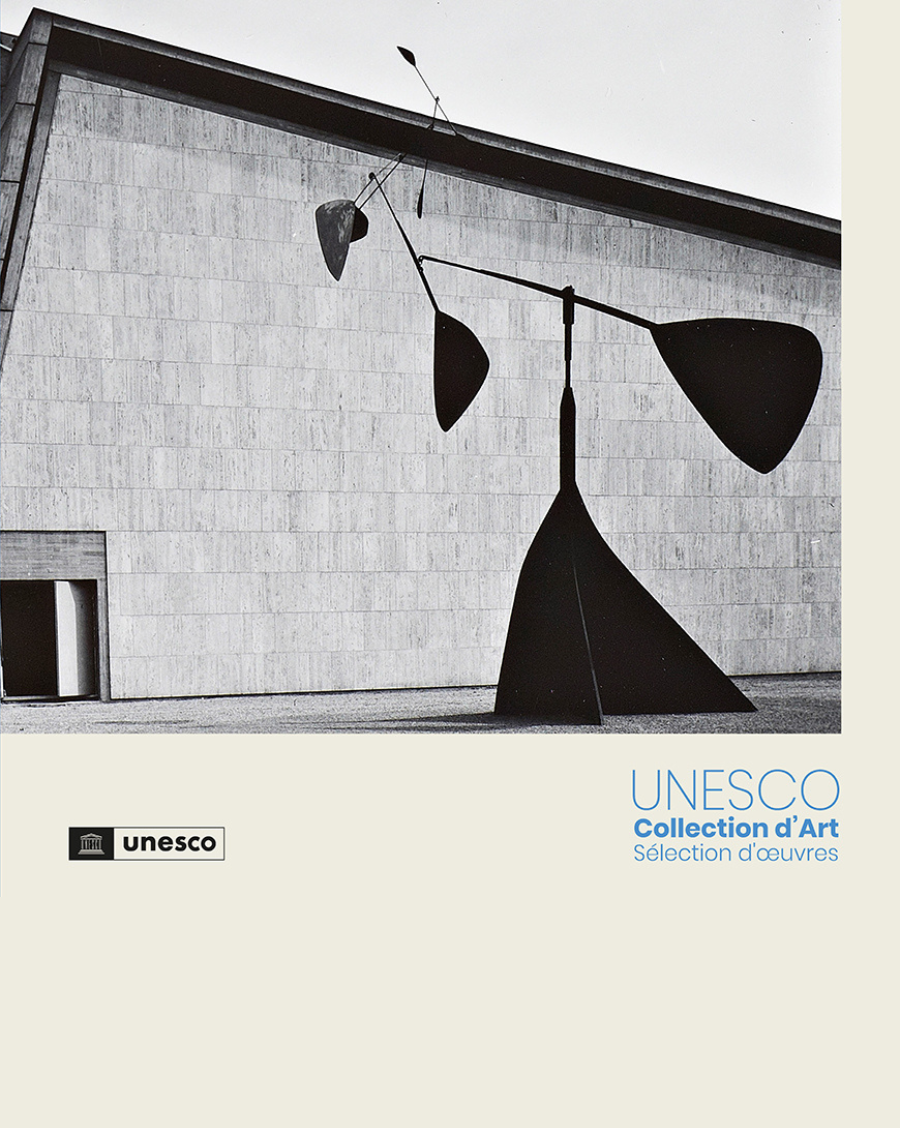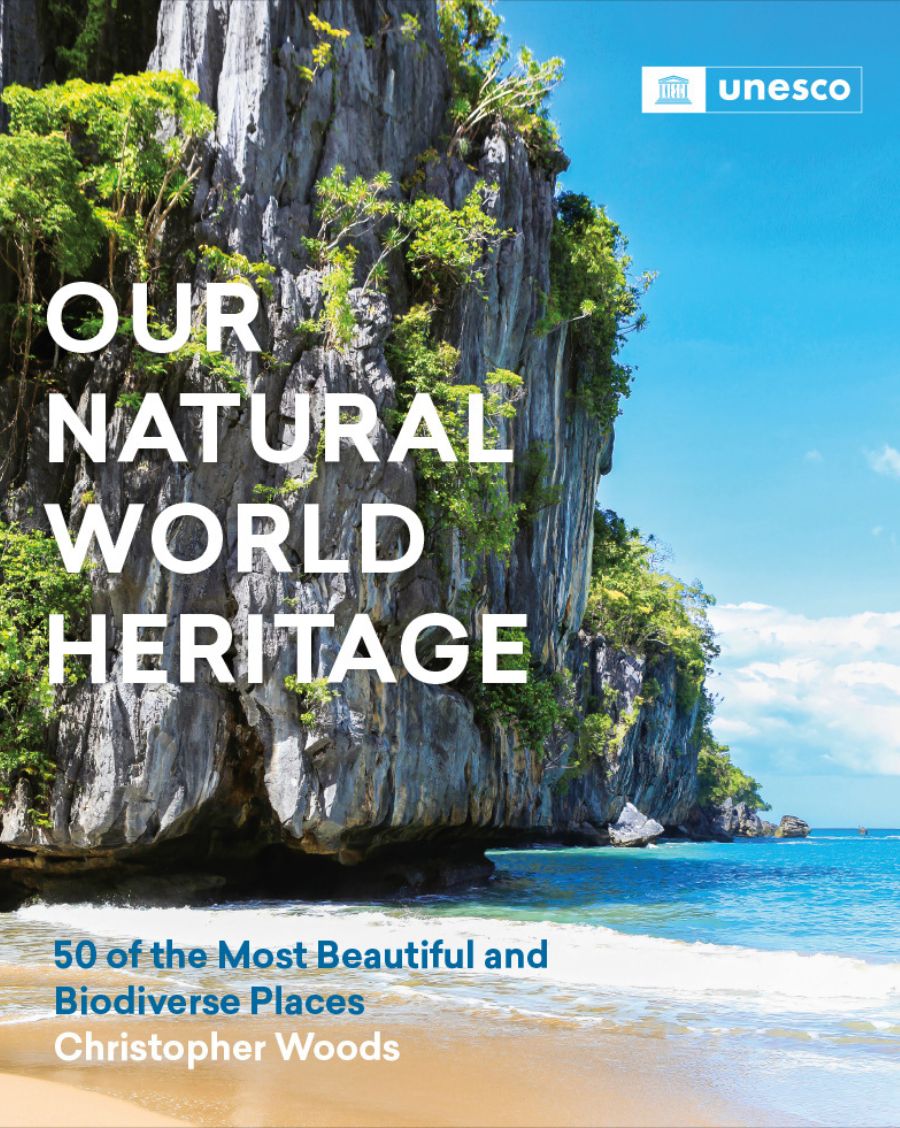Article: UNESCO’s World Heritage

UNESCO’s World Heritage
UNESCO actively works to preserve world heritage in all its forms: natural, cultural, material, and intangible. These efforts not only aim to protect humanity's treasures for future generations but also to promote peace and intercultural dialogue.
Heritage is the legacy of the past that we enjoy today and pass on to future generations. Our cultural and natural heritage is an irreplaceable source of life and inspiration.
Discover the key actions and programs that contribute to the preservation of these sites.
Natural Heritage
UNESCO protects exceptional natural sites such as national parks, unique landscapes, and sensitive ecosystems. An example that illustrates this mission is the marine zone preservation program, which works to protect biodiversity and marine ecosystems threatened by human activities.
Cultural Heritage
UNESCO plays a key role in preserving historical monuments such as Abu Simbel in Egypt, the ruins of the Bamiyan Valley in Afghanistan, and iconic sites like the Taj Mahal in India.
Intangible Cultural Heritage
In parallel, UNESCO ensures the preservation of practices, knowledge, and expressions that communities consider integral to their cultural identity. This includes traditions such as flamenco in Spain or Gnawa music in Morocco. The organization encourages communities to transmit these skills and preserve them in the face of globalization challenges.
Featured product

The World Heritage List includes properties forming part of the cultural and natural heritage which the World Heritage Committee considers as having outstanding universal value.
In 1972 the United Nations Educational, Scientific and Cultural Organization (UNESCO) adopted the Convention concerning the Protection of the World’s Cultural and Natural Heritage.
Since then, 1199 sites in 168 States Parties have been inscribed onto the list, 933 of which are cultural, 227 natural and 39 mixed properties.
- Descriptions of all the UNESCO World Heritage sites
- Location map for every site
- More than 850 colour photographs
Pickup available at Librairie-Boutique UNESCO
Usually ready in 24 hours

The World’s Heritage - The definitive guide to all the 1199 World Heritage sites
Librairie-Boutique UNESCO
7 Place de Fontenoy
75007 Paris
France











